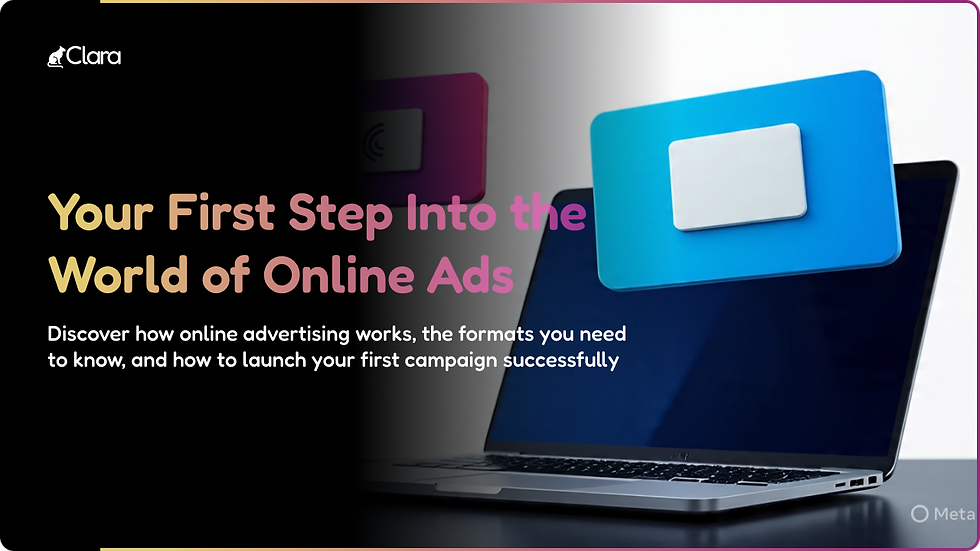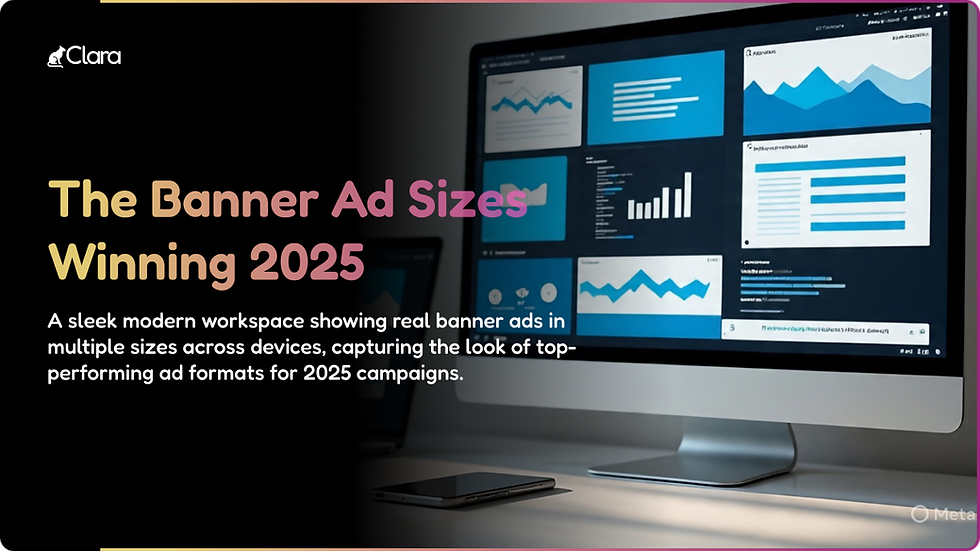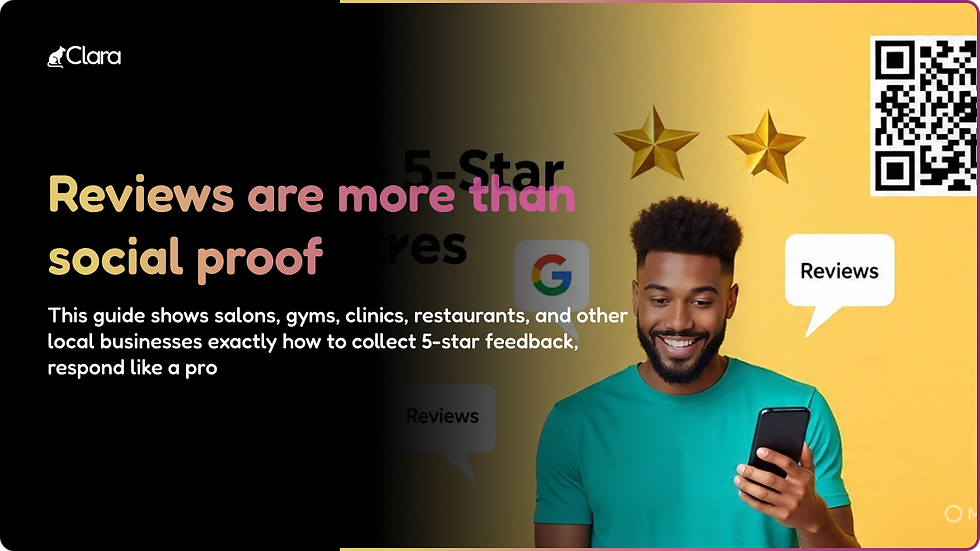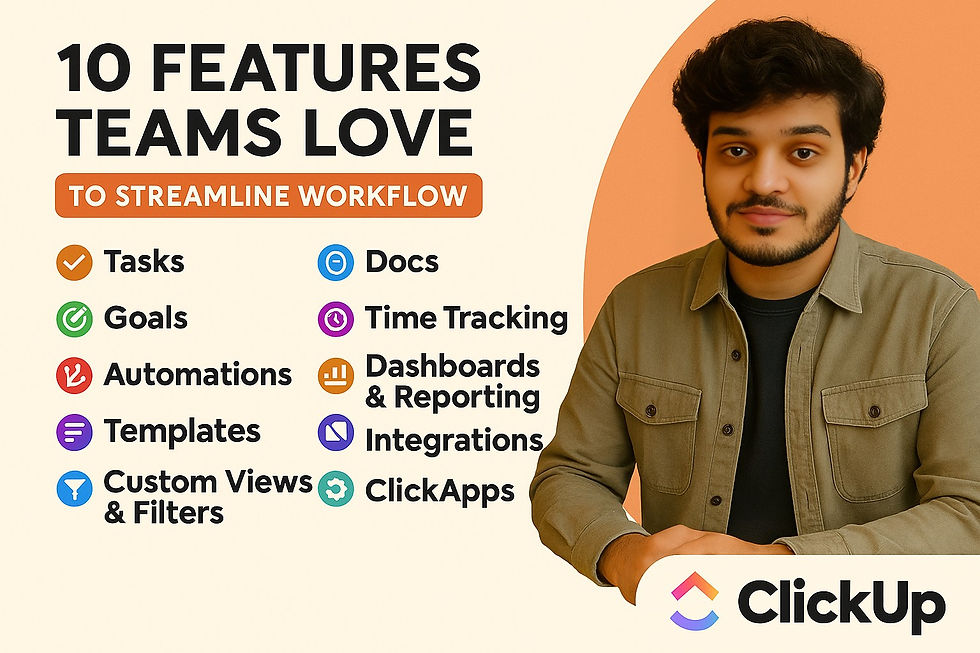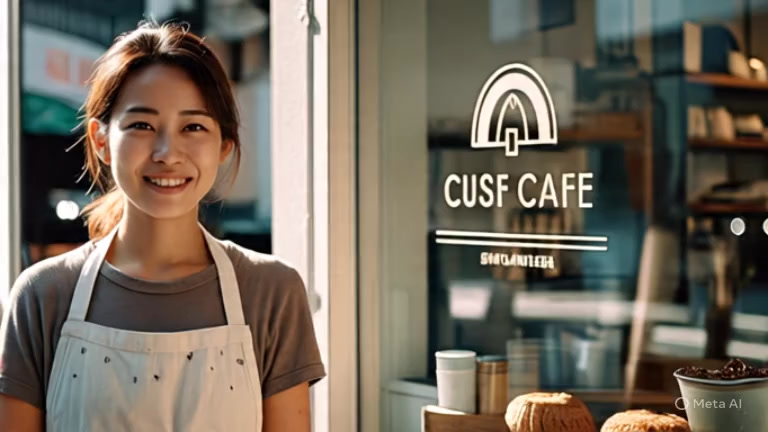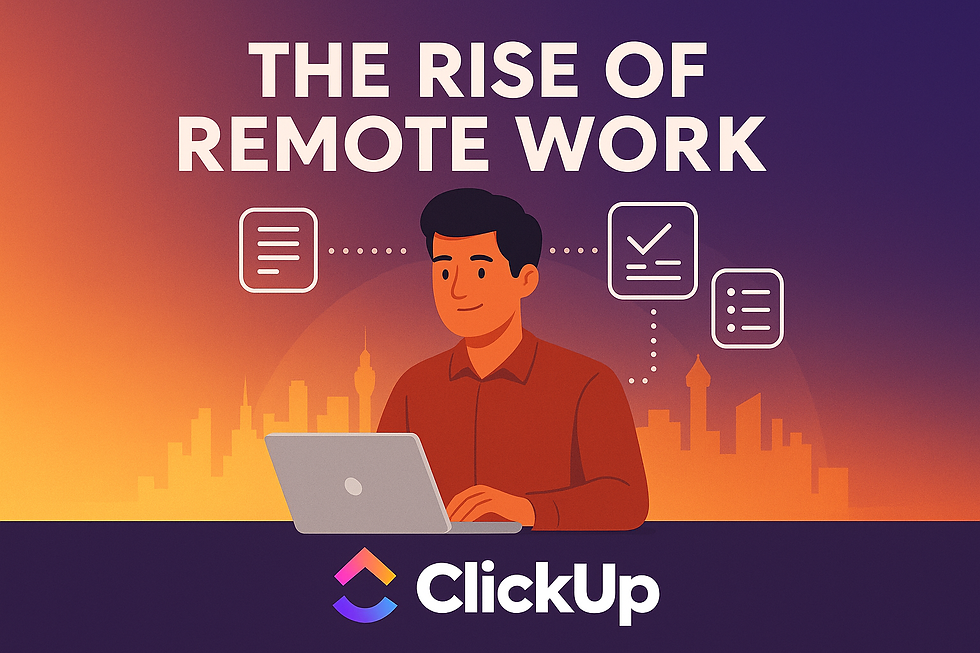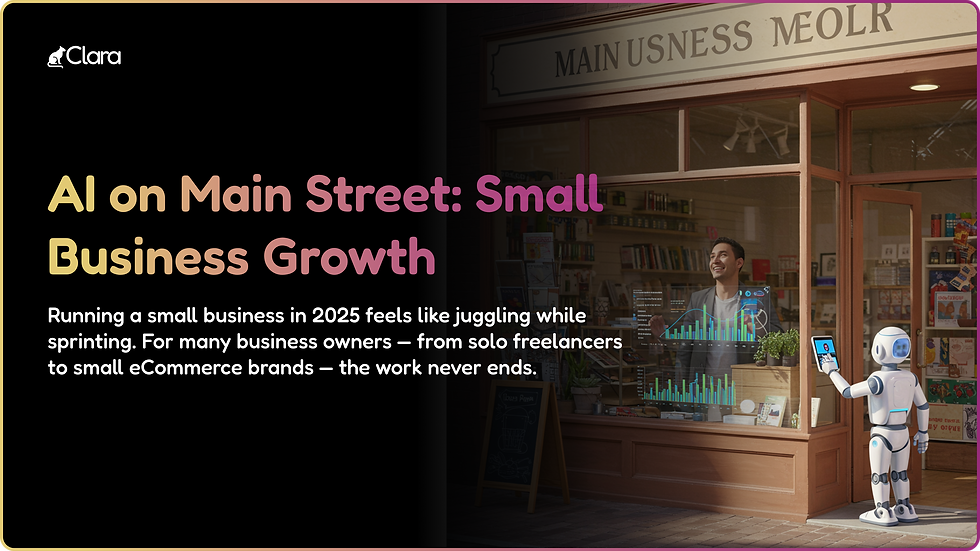- Dravya Bansal
- Jan 13, 2024
- 10 min read
In the dynamic and competitive landscape of the food and beverage industry, building a loyal customer base is a strategic imperative. As a restaurant owner, the power of a well-crafted email newsletter cannot be overstated. A compelling email campaign not only captures attention but serves as a direct channel to nurture customer relationships and drive repeat business. In this guide, we’ll unveil the essential ingredients for creating irresistible email newsletters that foster customer loyalty and elevate your restaurant’s brand.
Benefits of Having an Engaging Newsletter for Your Restaurant Business
But what makes email newsletters such an effective marketing strategy for restaurants? As you’re about to see, the benefits are wide-reaching.
It helps in business promotion
Email newsletters are often the first marketing medium to break the news. You can use a newsletter to update them about a new location opening, special offers, menu upgrades, or food-based events.
Strengthening relationships with customers
One-off purchases are one of the biggest challenges for restaurants. Retaining customers becomes an uphill task if you’re in a high-traffic area full of great restaurants. An email newsletter allows your business to communicate regularly with customers outside of your restaurant’s four walls.
Cost-effective and scalable
Perhaps the most significant benefit of email marketing is how affordable it is for small restaurants and cafes. Designing newsletters and using an email service provider to send them out can cost between $10-$100 per month for new outlets. On top of being affordable, email service providers (ESPs) allow you to scale your marketing with time.
Easy to create, track and improve
Emails are easy to track. Right from the moment they’re sent to the final conversion—each metric can be tracked, processed, and turned into insights so that you can improve. The level of transparency in email marketing is unmatched.
Strong ROI based on low-risk and high-rewards
Restaurants often use social media to target users. But here’s the shocker: Facebook’s organic reach was 5.2% in 2021, and it’s been on a slippery slope for years. Compared with the average email open rate of 18.5% for F&B industries, it’s easy to understand why email gives you such a solid ROI.
6 Tips on Creating a Winning Restaurant Newsletter
Now that you know what email newsletters can do for your restaurant, it’s time to create a newsletter that wins hearts and sets the cash register ringing.
1. Put a newsletter strategy in place
Before you set out to do anything, plan accordingly. Newsletters are a long-term game; if you don’t have a meaningful strategy, you’re unlikely to see any benefits.
Note down the specific goals you want to achieve with your restaurant newsletters—are you trying to get repeat customers? Increase online orders? Get holiday reservations? There’s no wrong answer—but make sure you are firm in what you want your email to accomplish. Once you find your goals, move on to the people you want to target. These can be customers that have the potential to order high-value items, customers that are receptive to brand loyalty marketing, and prospects that fit your business strategy related to location, demographics, and spending habits.
You also need to fix the frequency of emails because, with newsletters, more is not the merrier. Restaurants see excellent results with 1-2 weekly emails—anything more than that, and subscribers will start feeling annoyed. Other considerations include ESPs and email tracking tools. HubSpot, MailChimp, Hunter.io, Moosend, and Zoho Campaigns are some tools you can try out.
2. Capture and build an email list
The next thing on a repertoire is building your subscriber base. Before planning your next newsletter campaign, it is important to answer this question: what’s in it for the subscriber?
Here’s a great example of a pop-up that grabs your attention immediately:
People will only agree to subscribe to your newsletter if you can adequately communicate the value they’re going to get from your emails. Here are a couple of effective ideas:
Offer attractive discounts for first-time visitors who just discovered your restaurant. You have to attract and retain their attention right away.
Don’t let your customers leave your website without offering value. For instance, if they are about to leave your website, you can offer a discount or if they read your blog you can offer access to your cooking classes.
Build something of value to your customers that can convince them to join your email list. For instance, recipes, health blogs, cooking classes, and ebooks are all good ideas for convincing your customers to leave their email addresses. Keep in mind that you should always offer something valuable in exchange for the information. The easiest and fastest way is to offer a discount for new subscribers.
3. Make sure to clean email lists periodically
Once you have an email list of people interested to hear from you, you might want to start building your emails. But there’s a step before that, and it’s called email list pruning.
People who sign up to receive your newsletter might start ignoring their inboxes later and create new accounts. They might even delete the address they signed up with. Without a regular check, you will keep sending emails to addresses that either don’t want them or cannot access anymore.
Sending emails to invalid email addresses will result in email bounces e.g. your emails won’t reach targeted recipients. Your email address reputation will get negatively affected by continually sending emails to invalid addresses. What that exactly means is that if left unaddressed, sending emails to valid addresses can be affected as your sender’s reputation is lower and your emails tend to land in a spam inbox.
One way you can avoid dead addresses from affecting your newsletters is by pruning the list. You can use an email verification tool to check emails and even batch upload them for faster results. You should verify the authenticity of these addresses right before sending the first mail and keep cleaning them periodically to maintain a lean and active list.
4. Build your newsletter templates
Now, it’s time for branding. Your email newsletter should be consistent in visuals including a font and color selection so customers can easily identify your restaurant and the brand you are building.
Newsletter templates contain some essential elements:
Header: write a headline and the most important message you want to share with your readers
Body: include visuals, such as a photo of the special dish you offer, and don’t forget to add a short text followed by actionable call-to-action button (CTA button).
Footer: share the links to your social profiles and website along with any legal disclaimers.
Don’t forget to optimize templates for different screen sizes as many people open newsletters on phones or tablets. Make sure that you use consistent visuals and fonts so recipients immediately recognize your brand. It’s also important to have multiple templates ready for different email themes such as recipes, weekend/payday offers, loyalty programs, and news updates.
If you’re unsure where to start, sales and marketing tools such as HubSpot, Sender, Moosend, BEE Free, and Spiro offer intuitive features that allow you to customize templates however you want.
5. Make sure to create newsletter content that stands out
Once you have your list and template ready, it’s time to create newsletter content that pops out.
Personalization works wonders
Since restaurant businesses overly depend on emotional triggers, newsletters must carry a fun and inviting vibe that pushes for immediate sales. Personalization is the key here.
You must contextualize and simplify each newsletter content for subscribers. If you’re catering to young customers looking to make the most of the weekend, use words and visuals that carry a “seize the day” vibe. Special events such as birthdays and anniversaries also show how much you care about them.
Here’s Cracker Barrel’s Christmas newsletter that’s both timely and urgent:
Focus on subject lines
Subject lines often make or break email campaigns. Capturing attention is not easy, but restaurants have an edge: everyone loves food.
Use subject lines that are inviting, contain imagery and encourage urgency. Experiment with the recipient’s name, question marks, and other punctuation, and emojis to stand out. Keep the subject line short, ideally between 4-8 words, and be precise in what the recipient will receive inside the mail.
Swiggy is a food delivery app that always comes up with innovative subject lines and preheader texts:
Preheader text is important
Preheader text is an oft-ignored trick that can boost your newsletter open rate. The preview box comes up after the subject line and can be used to expand or build the suspense of the subject line. Since the subject line alone has a very short real estate, preheader texts help you make your case stronger.
Email body
The email body is where the magic happens. Newsletters must have a cohesive story that leads people in, convinces them about the value, and shows them how to get there.
Your email body should have simple, short sentences with multiple paragraphs and white spaces to improve the readability and flow.
Newsletter title
A lot of branded newsletters can be pointed out simply by their titles. In the world of The Morning Brew, Below the Fold, and New York Times Cooking, don’t let your newsletter get ignored.
Use a catchy title that either feels like an extension of your restaurant name. Alliterations, puns, and visual cues offer a unique look to restaurant newsletters.
The smitten kitchen uses a newsletter title that’s an extension of the brand and reinforces the brand’s image.
Call to action (CTA)
Once you manage to hold the reader’s attention till the end, you’d want to send them to the right page that can convert them. You should have only one, very precise call to action (CTA) to simplify the message and avoid confusing readers. For example, if you are sending a newsletter with the goal of getting more restaurants bookings, you can do the following:
Share a discount, event, or special menu in your newsletter message
Explain a bit more about the offer
Create a button (CTA) which your readers can easily find with a specific action you want them to take. In this case, “Reserve your table” or “Grab your menu” could work
This email from Taco Bell keeps the body simple and makes the CTA, the most compelling part of the email:
Restaurant information
The footer should host restaurant details because newsletters don’t just fetch online orders. Unless you’re running a cloud kitchen, including restaurant location and contact info will help you increase footfalls to your eating joint.
6. Use automation
Newsletters are supposed to be regular broadcasts but after a while, you’d look to automate the entire process.
Email newsletter automation works similar to any marketing campaign. You pick the schedule, frequency, templates, and connect apps that either pull data from your blog or allow you to send newly created emails automatically. Apps like MailChimp, Zapier, and Hunter Campaigns are great ways to automate the bulk of the tasks including template customizations, sequences, and subscriber segmentation.
You can also track the performance of your restaurant newsletter so that you can edit, experiment, and improve the campaign’s performance over time. A few key metrics that you should track are the open rate, bounce rate, click-to-open rate (CTOR), unsubscribe rate, and most important: the conversion rate.
10 Restaurant Newsletter Ideas You Can Try Today (+ Real Examples)
Now that you know what to do with newsletters and how to create winning sequences, here are some ideas and real examples to get your creative juices flowing.
1. Special offers & promotions
Special offers on dishes are pretty much the biggest promotional tactic restaurants can use in their newsletters. Subscribers expect to get special rewards for signing up and the better you serve the offers, the higher your conversation rate would be.
Collin Street Bakery never misses bright and bold colors while announcing new and exciting offers:
2. Limited menu dishes
This is a widely successful newsletter idea that thrives on a scarcity mindset. By communicating how exclusive the new dishes are and how special the subscriber is for receiving them, you help them get over analysis-paralysis and place an order. This can also be done if the restaurant offers a seaonal menu.
Allset created urgency for August with a compelling copy and bold visuals:
3. Event reservations
Another highly converting restaurant newsletter idea that relies on context and timing. If your segmentation and A/B testing data show that there’s a strong demand for event reservations, you could try out a few emails on this topic. This is an upsell that can be done entirely through email.
OpenTable uses their newsletter to promote exclusive events:
4. Secret recipes
Taking a leaf out of the limited menu dishes, secret recipes use the same scarcity mindset to make the reader feel special and thus, closer to your brand.
Another “exclusive offer”, Vitamix teases just enough with email copy to lead viewers to their website:
5. Birthday and anniversary discounts and gifts
Personalization at its best—if you can promise a good time on birthdays, anniversaries, and other events, you’ll make impressive sales with this type of newsletter.
Another Collin Street Bakery classic, this mother’s day newsletter is ideal to capture last-minute orders for the occasion:
You can also make a grand yet thoughtful gesture by sending a few loyal and high-value customers gifts. This way, you might go from another restaurant brand to a part of someone’s life while earning free social media PR.
6. Contests & giveaways
Contests and giveaways are unique ideas that improve sales and engagement and expand the email list. You can design small goals spread across multiple weeks by involving social media and friend recommendations and reward the top performers with freebies.
This Collin Street Bakery newsletter on father’s day uses giveaway to drum up engagement and orders:
7. Customer reviews
Social proof goes a long way in F&B and you can highlight how awesome your dishes are by sharing testimonials from real customers. Honest reviews from people encourage others to visit your place and leave more reviews for new prospects.
Magic Spoon chooses to see the funny side of customer reviews by creating an email that shows how much their customers love the cereal:
9. Loyalty programs
Since your restaurant email newsletter is already targeting highly invested groups, why not turn loyal customers into brand ambassadors? Loyalty programs work similarly to contests in creating sustained engagement but you can run it throughout the year.
Zoë’s Kitchen uses a loyalty program right from the beginning to convert one-off buyers into long-term customers:
These are only a few advertising ideas that you can use as a starting point. The more time you spend creating, sending, and tracking your newsletters, the more effective topics you’ll find for your subscribers.
Wrapping up
Restaurants use weekly newsletters to build an online community of foodies and devoted fans and this can help them ride out difficult times. Make sure you only send a few emails per month and maintain a charming vibe so that subscribers look forward to reading what you have to say each week. That’s how you use restaurant newsletters to build loyal customers.




